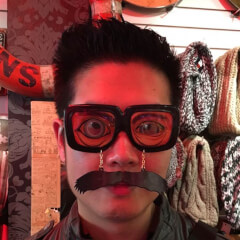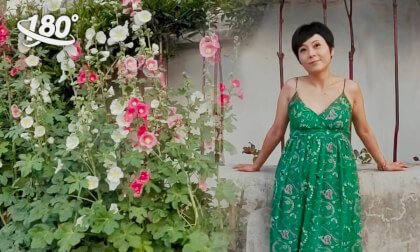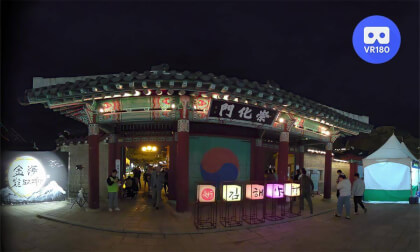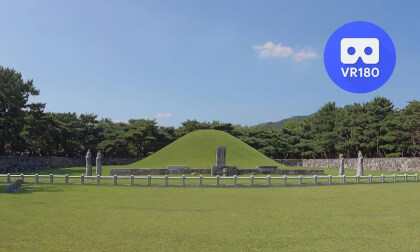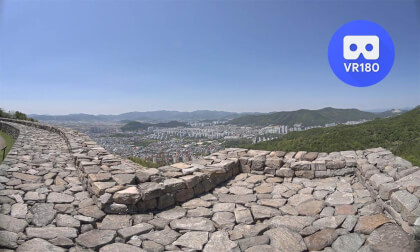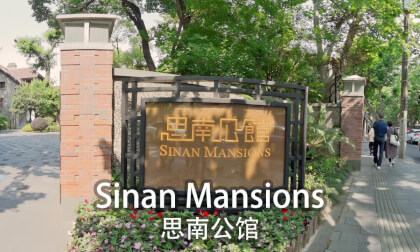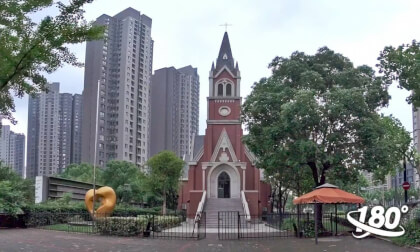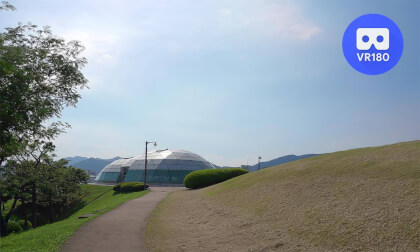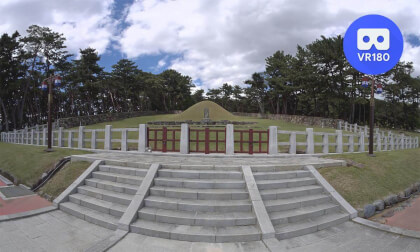Flashing Light Warning. This video includes flashing/stroboscopic lights or other effects. Stop viewing immediately if you feel discomfort.
Motion Warning. This video includes abrupt camera movement or other effects. Stop viewing immediately if you feel discomfort.
New: AI passthrough!
This amazing Deo feature uses the power of AI to turn every VR scene into AR passthrough! Now you can take characters out of VR and have them right there with you - as if they were in the same room.
Notice: AI Passthrough is presently in beta mode, and as such, users may encounter occasional service imperfections. The feature is currently exclusive to the DeoVR app, but it will soon be accessible on both browsers and mobile devices. Your feedback is highly encouraged and appreciated.
Recommended headsets:
Meta Quest 3, and Quest Pro with stereoscopic color passthrough, Pico 4 (monoscopic color passthrough).
Compatible headsets:
Quest 2, Valve Index (monoscopic black and white passthrough).
Passthrough is not compatible yet for Oculus Link cable.
Check out our complete guide to passthrough and join in the discussion at our busy forum.
In 1938, the iron heel of the Japanese invasion crushed the peace here as coastal South China fell. The Sha Tau Kok River, which originally served as a vague boundary, saw its strategic meaning shift under Japanese military control. To facilitate their command and supply lines, the Japanese army forced laborers to build a simple military road along the riverbank. This road became the very foundation of what is now Chung Ying Street. In a stark sense, it was the Japanese military's actions that first physically carved out this dividing line.
Then, in 1941, with the outbreak of the Pacific War, Japanese forces swiftly occupied the entire Hong Kong, including the British-leased New Territories. From that moment until Japan's surrender in 1945, this boundary line lost all practical meaning. Both sides fell under the same brutal occupation. This was a cruel, forced "unity" born from shared suffering under a common aggressor.
It was only after the victory in the War of Resistance against Japan that the peculiar fate of this street was truly sealed. With the British colonial administration resuming control over Hong Kong, the road built by the Japanese army naturally evolved into the new, clear demarca
